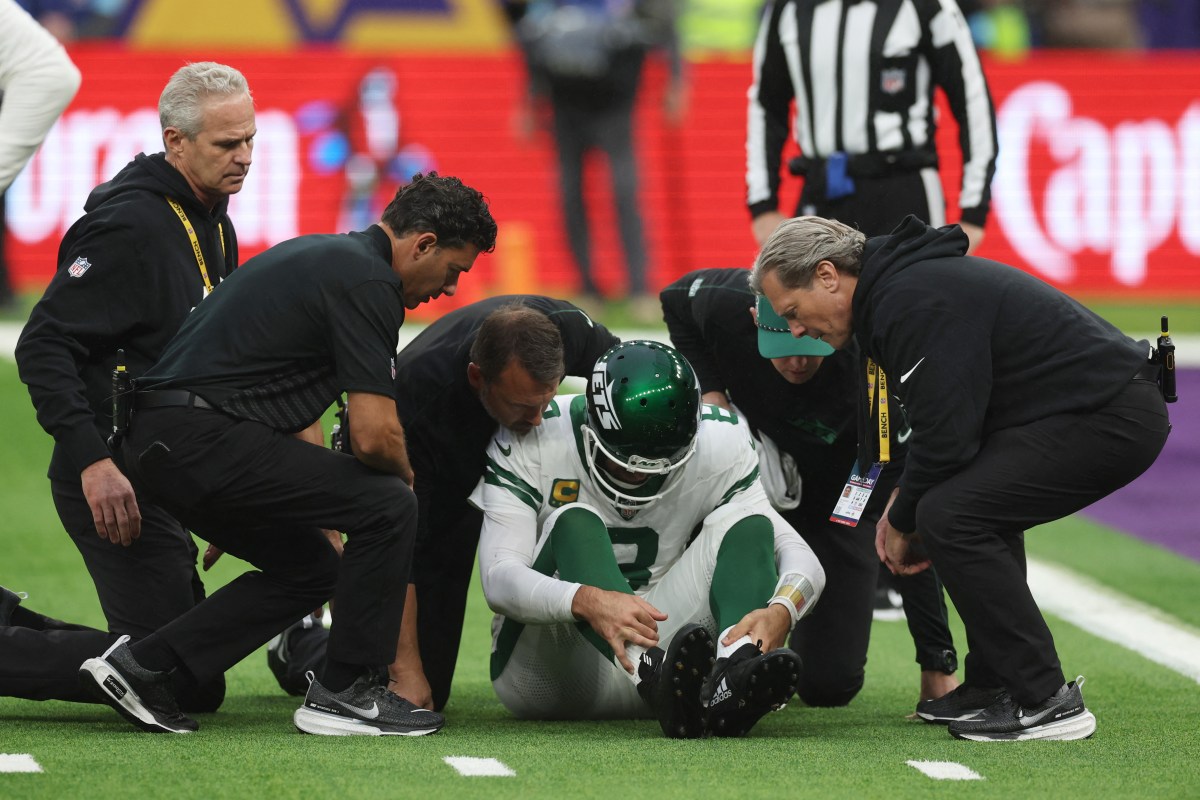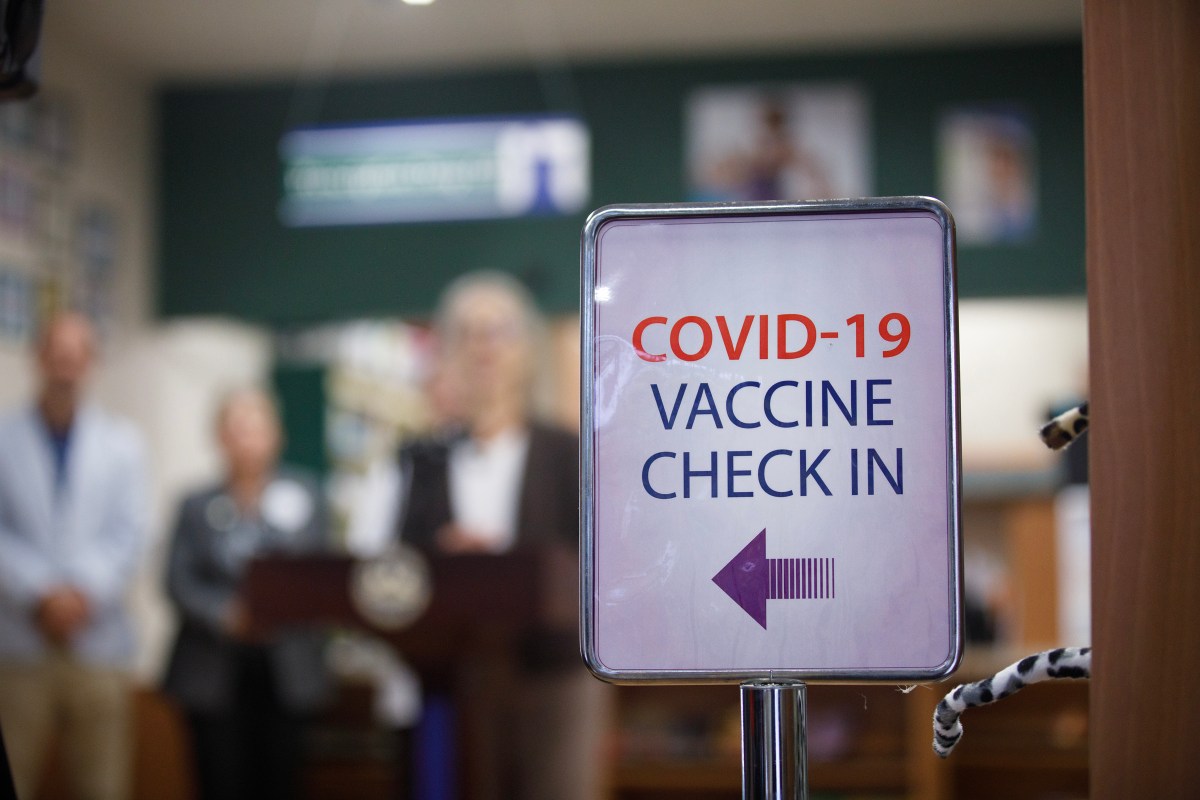The Pennsylvania Turnpike Commission’s transition to Open Road Tolling (ORT) is the most significant improvement to the PA Turnpike since it opened 84 years ago. With ORT, motorists drive at highway speed under steel structures – called gantries – that span the highway. Many have likely seen our crews constructing these gantries in recent months.
Cameras and scanners mounted to these gantries read, classify and identify vehicle information. That information is then sent to our back office, where it is processed as an E-ZPass or Toll-By-Plate charge; the latter is sent an invoice.
Conversion plans are nearing the finish line on the system east of Reading and along the Northeast Extension, with go-live slated for Jan. 5, 2025. We will begin removing toll plazas on the eastern portion in 2025.
But we do not have to wait to see ORT’s value. From the project’s start, we were confident that ORT would enhance roadway safety. Benefits range from motorists no longer needing to maneuver through traffic when entering and exiting the system to removing roadway obstructions and reducing stop and go traffic.
ORT’s deployment on three newly constructed or upgraded mainline segments, spread across more than 565 miles of interstate, yielded promising early data. At the Delaware River Bridge in Bucks County, the crash rate decreased 33%. At Warrendale in Butler County, the crash rate decreased 71% and at Gateway in Lawrence County, the crash rate decreased 76%.
Fewer accidents, backlogs and traffic jams potentially reduce the amount of time first responders – the majority of whom are volunteers – spend responding to accidents across our system. It also means that maintenance crews spend less time clearing debris from the roadway.
ORT’s additional benefits include customer convenience and efficiency. Non-stop travel also reduces emissions, requires less fuel use and improves air quality. Following 2020’s transition to cashless tolling, systemwide CO2 emissions dropped 45% systemwide, or approximately 65 tons of CO2 emissions per year.
The new ORT toll rate structure standardizes per-mile charges statewide. Because the PA Turnpike opened in sections over many years, tolls were set for each segment based on revenue requirements at the time. As a result, per-mile rates can vary based on the road’s age and development. A standard toll rate is fairer and more transparent. This change eliminates cost guesswork, enabling customers, primarily commercial vehicles, to better plan each trip.
With ORT, the PA Turnpike can design and construct new connections at a fraction of the cost of traditional brick-and-mortar interchanges. These links ease traffic on local roads while increasing safety, mobility and economic opportunity in adjacent communities. We are already developing new ORT interchanges in Montgomery, Lackawanna and Westmoreland counties.
We’ve made these investments over the last 15 years as part of our commitment to improving roadway safety. I look forward to providing additional updates on ORT and our efforts to deliver safe, efficient, and affordable travel for our 550,000 daily customers.
Mark Compton is CEO of the Pennsylvania Turnpike Commission.






















